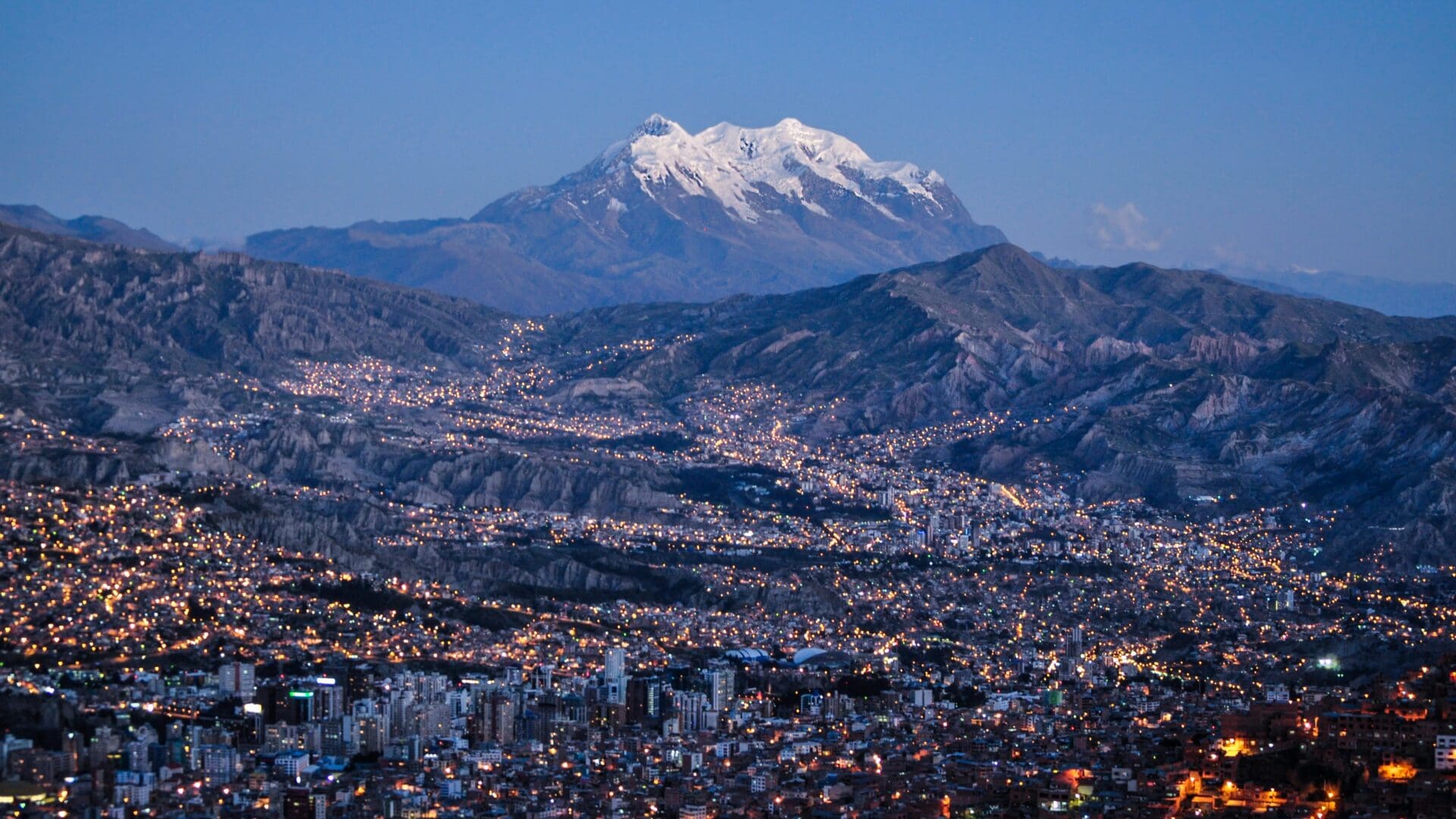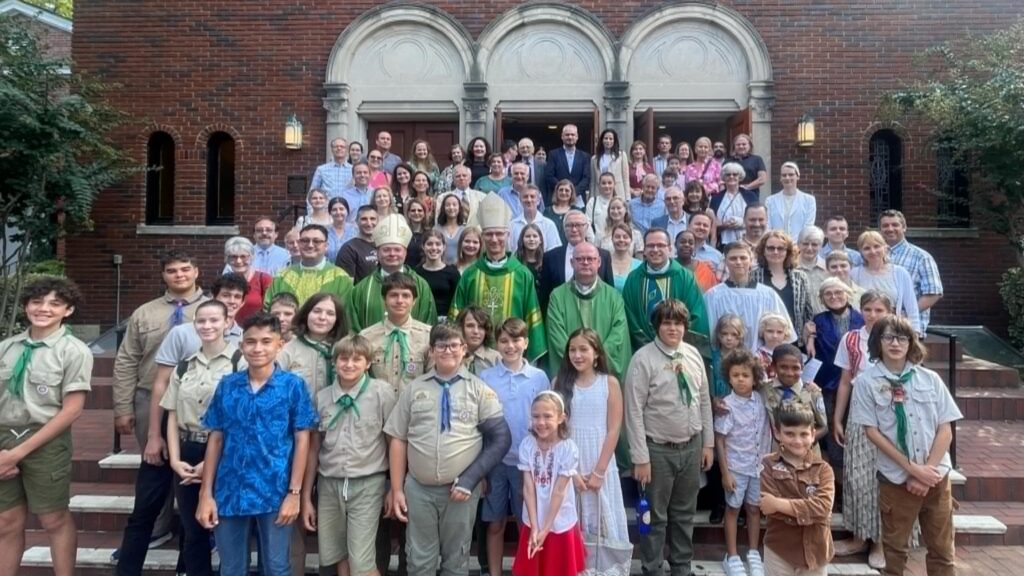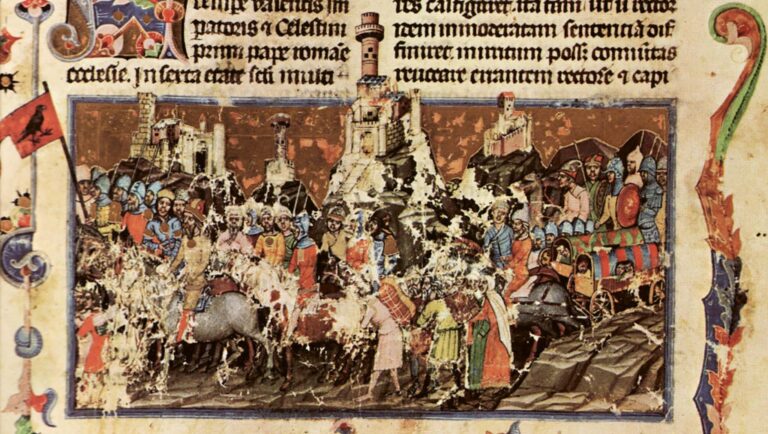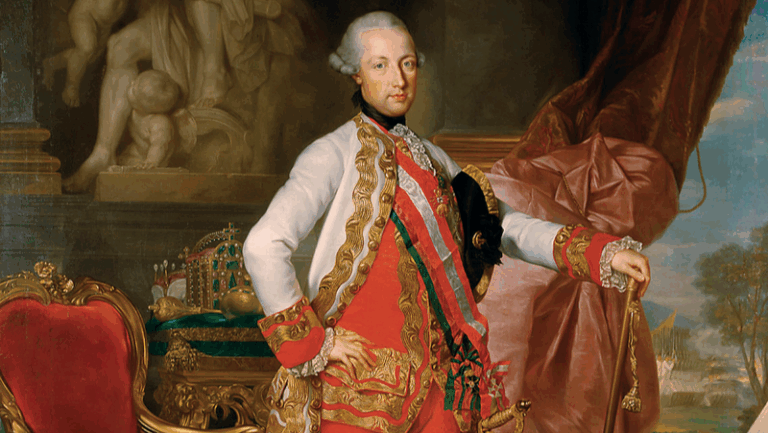Following the outward migration trends of many European nations and due to the repeated national crises of this small Central European country, Hungarian emigrants settled in almost all corners of the globe. Through some personal stories, in this article we pay tribute to one of the peripheries of the Hungarian diaspora: the Hungarian emigrants in Bolivia, South America.
South America has always constituted a target destination for many immigrants from around the world. In the 19th century the rapidly expanding economies of the continent attracted skilled and unskilled workers alike. Argentina and Chile became almost fully ‘Europeanized’ due to the massive number of immigrants from the Old Continent. Other countries were impacted by immigration from Europe as well, but they were not substantially changed in terms of their ethnic makeup as a result. One of the less popular recipient countries was Bolivia, expanding over the highlands and peaks of the central Andes as well as the Amazon’s lowlands, encompassing a sparsely populated territory more than twice the size of the V4 countries combined. Despite the enormous size of the country and its relatively scarcely populated nature, it had little to offer to European immigrants. The Altiplano, the mountainous region, is an arid space, mostly lying at an altitude over 3000 metres, with the only relevant economic activity there being the silver and tin mines. The lowlands almost totally lacked infrastructure until the 20th century; there was not even proper mapping. The borders with Brazil in the Amazon basin were correctly established just in the late 1800s.
Notwithstanding the relatively low levels of immigration,
the first Hungarians arrived already in the Spanish colonial period with the Jesuits,
who first settled in the South and expanded their missionary colonies deeper and deeper into the Amazonian Basin. The Hungarian Ferenc Xavér Éder was one of the first Europeans to write about the indigenous people living in the lowlands. However, the Hungarian Jesuits did not constitute a permanent Hungarian presence in the land that later became Bolivia. By 1768, the absolutist Spanish–and Portuguese monarchs had expelled the Jesuits from South America. The next Hungarians who came are likeky to have been mostly mining specialists who sought employment at the aforementioned, globally relevant mines of the Bolivian highlands. It is just an educated guess that people of Hungarian nationality were also included among the ‘Austro–Hungarian’ citizens who constituted a proper colony in the Bolivian city of Oruro, the metropolitan centre of the mining districts of the highlands. While most of the new arrivals were of Slavic origin, it is probably safe to say that there were Hungarians among them, too, given that the mining specialists from the Hungarian highlands, the Felvidék, were still globally acknowledged professionals then.
Apart from these sporadic 19th century groups, almost all immigrants of Hungarian origin in Bolivia arrived in the 20th century, fleeing national crises in their home country.
These refugee groups started trickling in after the catastrophic defeat of the Austro–Hungarian empire in the First World War and the dismembering of the historical Hungarian Kingdom, resulting in the loss of many ethnically Hungarian territories for Hungary. The destruction of the war and the discriminative policies of the new states prompted many Hungarians to seek a better life beyond the sea. Latin America soon became an important emigration target, as the United States started to severely restrict immigration from Eastern Europe in the 1920s. In contrast, many Latin American countries were looking for qualified immigrants willing to contribute to the interior expansion of the country in newly mapped territories. It as these ‘push’ and ‘pull’ factors that prompted some Hungarians to move to Bolivia. In this wave of migration there were Transylvanian families searching for the establishment of an agricultural colony in the Bolivian lowlands, fleeing Romanian rule. People also arrived from the territory occupied by the new Serbo-Croatian-Slovenian kingdom, Bácska (Bačka, now belonging to Serbia), came people, too: relatives of the well-known Hungarian musician, composer and singer Gábor Presser, the Bleyer family, settled in the Bolivian lowlands and established an agricultural enterprise. The Bleyer Presser family became a major player in agribusiness in the region. With time they also became active in the social and sports life: Pedro Bleyer was a member of the small Bolivian Olympic team at the 1988 Seoul Olympics, as the only representative of the country in fencing.
After the shocks of the First World War and the repartition of the country,
there came the Great Depression of 1929, which again destroyed many livelihoods, prompting many Hungarians to emigrate.
Among the second-wave émigrés was Mihály Cseh from Csanádpalota, in contemporary Csongrád–Csanád county. He originally moved to Argentina, a major destination for Hungarian emigrants moving to Latin America, in November 1929. Most likely he just wanted to find temporary work for a couple of years, then move back to Hungary. He worked in Buenos Aires, then in the north, in Villa Angela. Then came a special work opportunity: the Chaco war between Bolivia and Paraguay. It is well-known that Bolivians and Paraguayans equally recruited people among immigrant communities in need of work in Argentina and Uruguay. Mihály Cseh probably volunteered in one of these recruitment drives to serve in the Bolivian Army. His family name was misspelled, making him Mihály (Miguel) Chely. He drove trucks in the war between 1932 and 1935. After the war, he settled in Tarija, on the country’s southern edge. His skill as a car mechanic must have been well-known to locals, as he became a mechanic for local race car teams. His son, too, got into the world of car racing, but as a driver, winning many prizes for the small Bolivian town of Camargo in the first half of the 1970s. For Mihály senior, being Hungarian was still very important, as he passed his Hungarian identity and the memory of the Old Homeland to his son and grandson too. The youngest, Miguel Chely, a businessman living in another important Bolivian city, Santa Cruz, still cherishes his Hungarian heritage and is now seeking to find relatives left in the Old World.
The Hungarian refugee groups just multiplied over the years. By 1939, antisemitism ran high in Hungarian society and politics, following the example of the rising Third Reich. Hungarian legislators prepared the ‘Second Anti-Jewish Law,’ a law aimed at the segregation and disenfranchisement of Hungarian Jewry on a racial basis.
This, already during the legislative process of the draft law, prompted the flight of many Hungarian Jews.
Some of them went to South America, where an improbable ‘window’ opened before them in Bolivia. One of the most influential men of the nation, Mauricio Hochschild, one of the three ‘mining barons,’ was a German Jew. His lobbying in Bolivian government circles opened the gates before Jewish migration, and quite a few of them took the opportunity, as many Western countries rejected them. In this influx, Hungarian Jews were involved, too. Aside from others known by name, the career of the Bartos family needs to be highlighted here. The oldest Bartos, György (known in Bolivia as Jorge), launched a construction enterprise in Bolivia. While the country was poor and politically unstable at the time, but was nevertheless spared the conflagration of the World War. His enterprise, living through dozens of attempted or successful coups and revolutions, was quite successful and left a lasting impact on the de facto capital of Bolivia, La Paz. Today, the main axis of La Paz from the old center to the south is dotted by high-rise buildings over old colonial-style ones: these were mostly constructed by the firm of Bartos up until the 1980s when he died. The stature of this family is also highlighted by the fact that when the communist-era Hungarian embassy left Bolivia for good in December 1987, his son András Bartos was appointed honorary consul and served as such for almost two decades.
The last wave of crises that needs to be emphasized here is the fallout after the Second World War. There were various reasons that prompted people to flee Hungary. Many fled communism, and some their certain persecution for holding official positions in the old regime, or being active participants in crimes against humanity. Other simply did not fit in the new Communist regimes of Eastern Europe. This was the case too of Imre Török from Budapest. He was a chemical engineer in the Transdanubian region, but then he was pushed out of his position for political reasons when the Communist-led nationalization of the Hungarian industry started. In 1949, he fled to Western Europe. With a friend, he managed to obtain a visa to Bolivia with the help of the Bolivian ambassador in Brussels, where he got to know the soon-to-be president of Bolivia, Victor Paz Estenssoro. After moving to Bolivia, he became an advisor to Paz Estenssoro during his presidential terms in one of the most important periods of Bolivian history, the so-called ‘National Revolution.’
There are less high profile stories of the diaspora, too, but they also impacted Bolivia quite a bit. György Rózsa, a young survivor of the Holocaust, arrived in Bolivia as a university student on an ethnographic field trip in 1952. He stayed, settling in Santa Cruz de la Sierra. As an artist and already accomplished painter in Hungary, he worked in the cultural scene of the city, creating the first Art Institute of the city, which later became one of the most important ones in Bolivia. He personally impacted a lot of painters of Bolivia through his mentorship, until he had to flee the country because of the persecution of the Banzer dictatorship in 1971.
The above examples illustrate well the fact that while the Hungarian diaspora in Bolivia was minuscule during the late 20th century, it still had an outsized impact on the country—changing the skyline of La Paz, impacting the artistic scene, and advising a Bolivian president.
In contemporary times, South America is no longer a target of mass European emigration. Still, the memory of European migrants making a new life on the continent is alive, and their descendants cherish their identities, including the Hungarian diaspora. Even in far-away Bolivia, where just a small number of our compatriots sought refuge from the turmoil of the 20th century, there is a living and meaningful Hungarian heritage worth celebrating.
We are grateful to the descendants of Hungarian emigrants to Bolivia for contributing to this article with their family histories.
Related articles:








